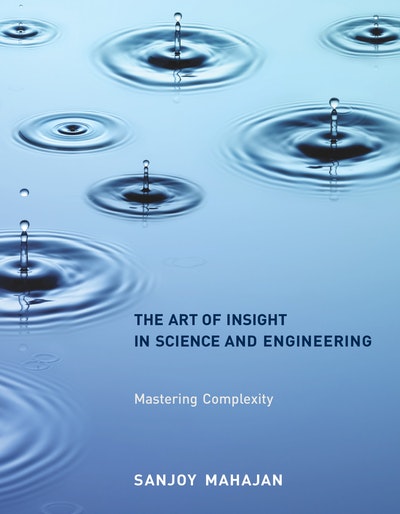Tools to make hard problems easier to solve.
In this book, Sanjoy Mahajan shows us that the way to master complexity is through insight rather than precision. Precision can overwhelm us with information, whereas insight connects seemingly disparate pieces of information into a simple picture. Unlike computers, humans depend on insight. Based on the author's fifteen years of teaching at MIT, Cambridge University, and Olin College, The Art of Insight in Science and Engineering shows us how to build insight and find understanding, giving readers tools to help them solve any problem in science and engineering.
To master complexity, we can organize it or discard it. The Art of Insight in Science and Engineering first teaches the tools for organizing complexity, then distinguishes the two paths for discarding complexity: with and without loss of information. Questions and problems throughout the text help readers master and apply these groups of tools. Armed with this three-part toolchest, and without complicated mathematics, readers can estimate the flight range of birds and planes and the strength of chemical bonds, understand the physics of pianos and xylophones, and explain why skies are blue and sunsets are red.
The Art of Insight in Science and Engineering will appear in print and online under a Creative Commons Noncommercial Share Alike license.

